Goes, Netherlands — The Municipality of Goes has officially recognized the clubhouse of Radioclub De Bevelanden (PI4Z) as a piece of Cold War heritage. This recognition, highlighted in an article on the "Erfgoed van Goes" website and a video interview with members Dan PA1FZH and Annard PB5A, underscores the historical significance of the building that once served as a government tracking station.
Radioclub De Bevelanden: A Local Hub Since 1988
Radioclub De Bevelanden was founded in 1988 and has since served as a vital clubhouse for local radio amateurs in the southwest Netherlands, specifically in the province of Zeeland (WW-locator JO11WM). The club operates independently, without affiliation to national amateur radio leagues, and uses the call sign PI4Z.
The club's location was formerly a tracking station for the "Bijzondere Radio Dienst" (BRD), or Special Radio Service, built around 1952.
The Cold War Legacy: "Post Golf"
The BRD's primary mission was to monitor transmissions from Warsaw Pact countries and civilian broadcasts from the Soviet Union. This included listening to Dutch-language broadcasts from Radio Moscow for hidden messages and determining the positions of Eastern European military transmitters to gain insight into Warsaw Pact troop movements.
Monitoring was conducted from various posts across the Netherlands, including:
- Post Alfa: Amstelveen
- Post Golf: Goes / Wilhelminadorp (the current clubhouse)
- Post Hotel: Hoogezand
- Post Kilo: Strijthagen/Sibbe
- Post Victor: Voorburg / Ockenburg (the main post)
Racal receivers were among the equipment used. "Post Golf" was also capable of performing direction finding upon request from Post Victor, utilizing a Collins (USA) DAB-3 direction-finding receiver located in the building's wooden attic (to avoid blocking radio signals).
Key features of the DAB-3:
- Purpose: Originally designed for tracking German U-boats in WWII.
- Frequency Range: 2 – 18 MHz.
- Operation: The entire receiver was rotated by an operator. Direction finding was achieved by measuring the phase difference between two loop antennas on a 5-meter boom.
- Readout: Phase difference displayed on a small oscilloscope screen; azimuth on a scale at the top of the receiver.
- Weight: Approximately 400 kg.
- Building Dimensions: 7.3 x 7.3 meters, 5.5 meters high.
In 1976, the BRD was absorbed into the Radio Controle Dienst (RCD). Between 1970 and 1980, the listening posts were closed, with monitoring centralized in Den Helder, Alphen, and Eibergen. The building in Goes has been home to Radioclub De Bevelanden since 1988.
(Thanks to Dan de Bruijn for compiling this information. Further background can be found in "Secret Intelligence in the European States System, 1918-1989.")
Supporting the Radioclub
Maintaining the clubhouse incurs significant annual costs. The Radioclub notes a decline in membership in recent years, placing a disproportionate financial burden on a smaller number of members. To ensure the club's continued existence, increased membership is crucial. The membership fee for 2024 is €110. Interested individuals can visit the club during opening hours or when a member is present to inquire about joining.
For those unable to commit to membership, contributions can be made in two ways:
- Donations: Any amount is welcome, either in cash at the club or by bank transfer to NL69RABO0380510316 (Rabobank Oosterschelde), payable to Radioclub de Bevelanden te Goes, with "Donation" noted.
- Purchasing Consumables: Regular or occasional visitors can support the club by purchasing refreshments. The full profit from these sales directly benefits the Radioclub. "Every cup of coffee or drink during a visit helps!"
Local Repeater Information
The local repeater for the area is PI3GOE, operating on 145.775 MHz with a CTCSS tone of 88.5 Hz.

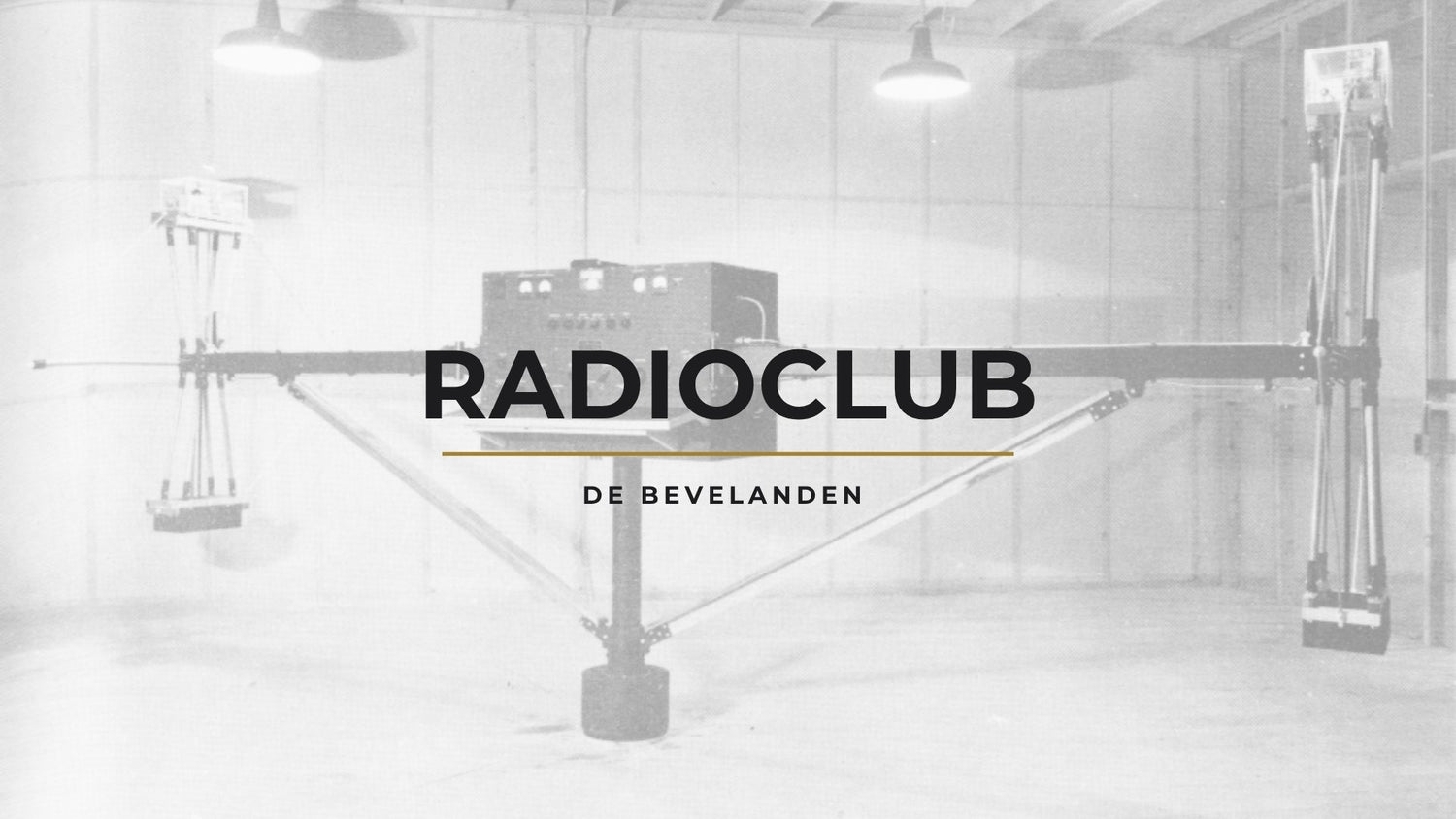
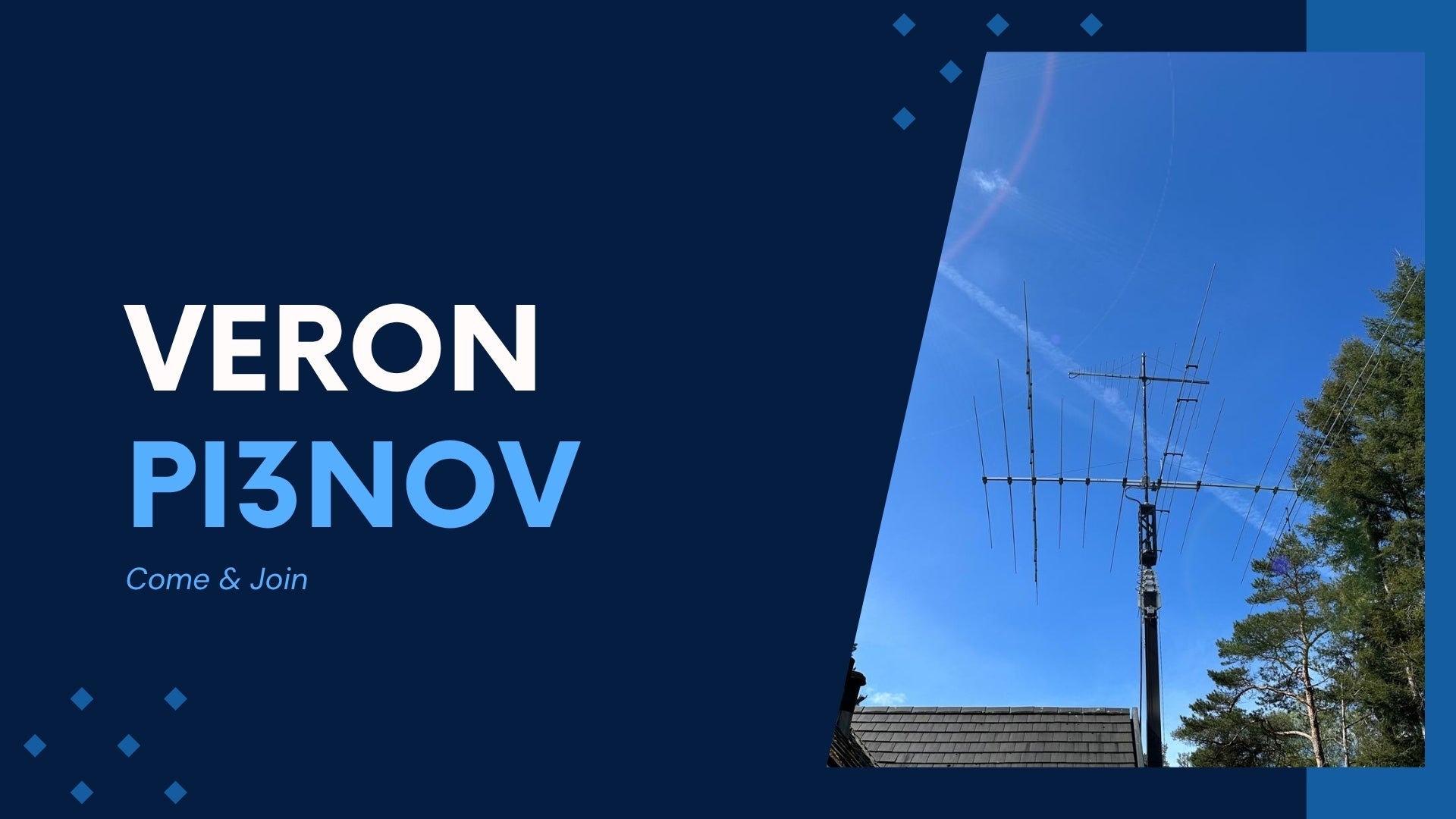

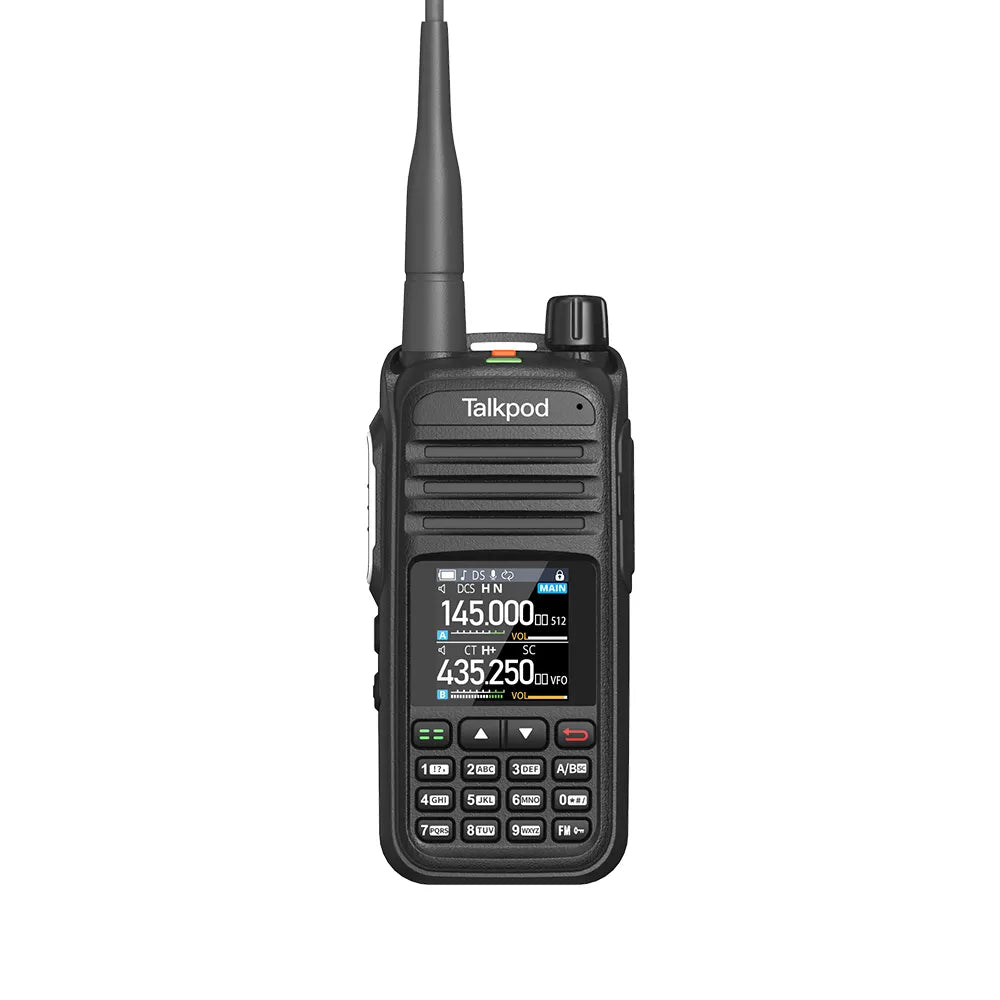
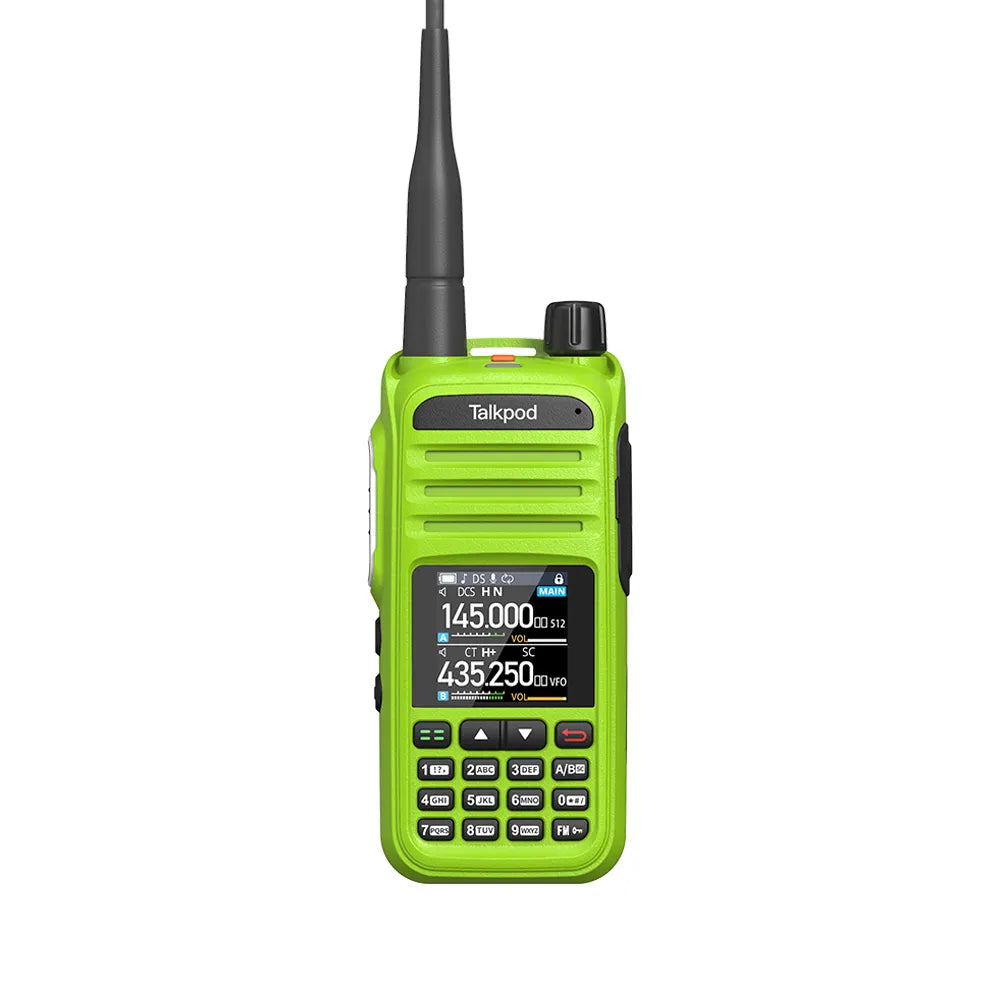

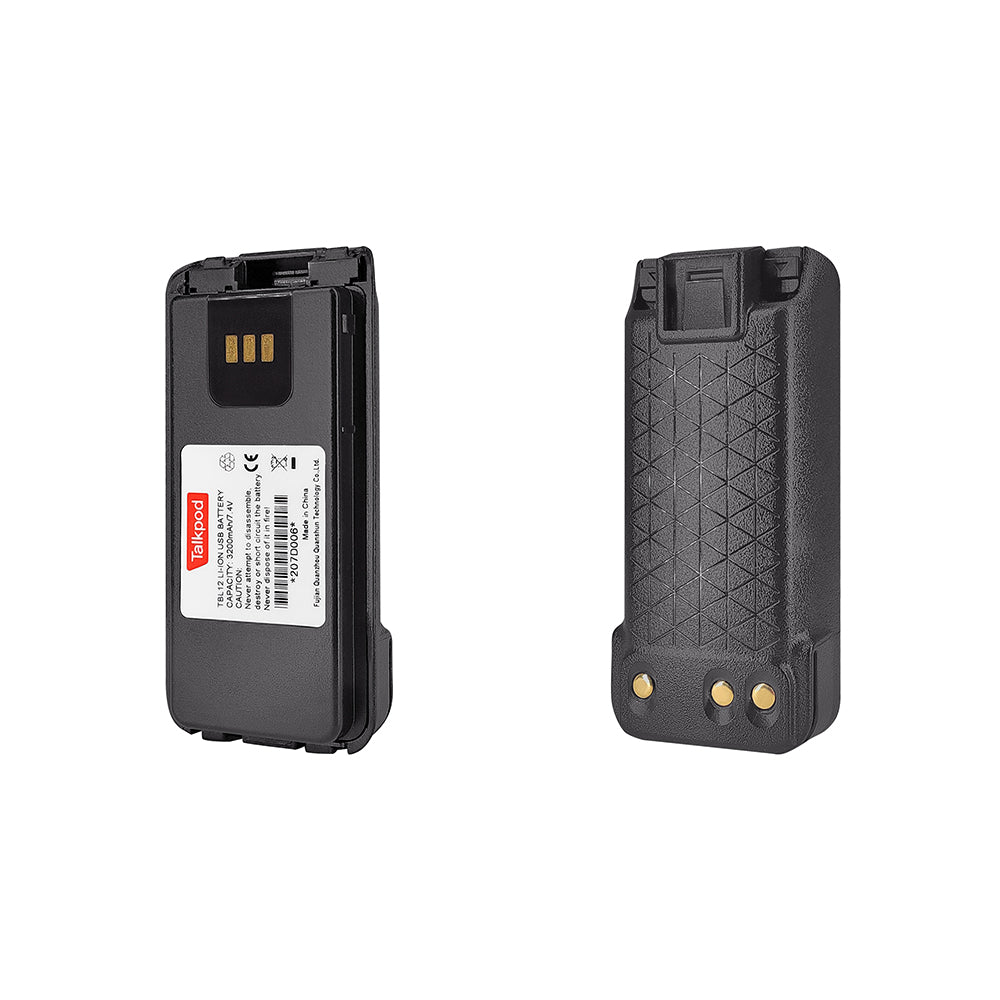
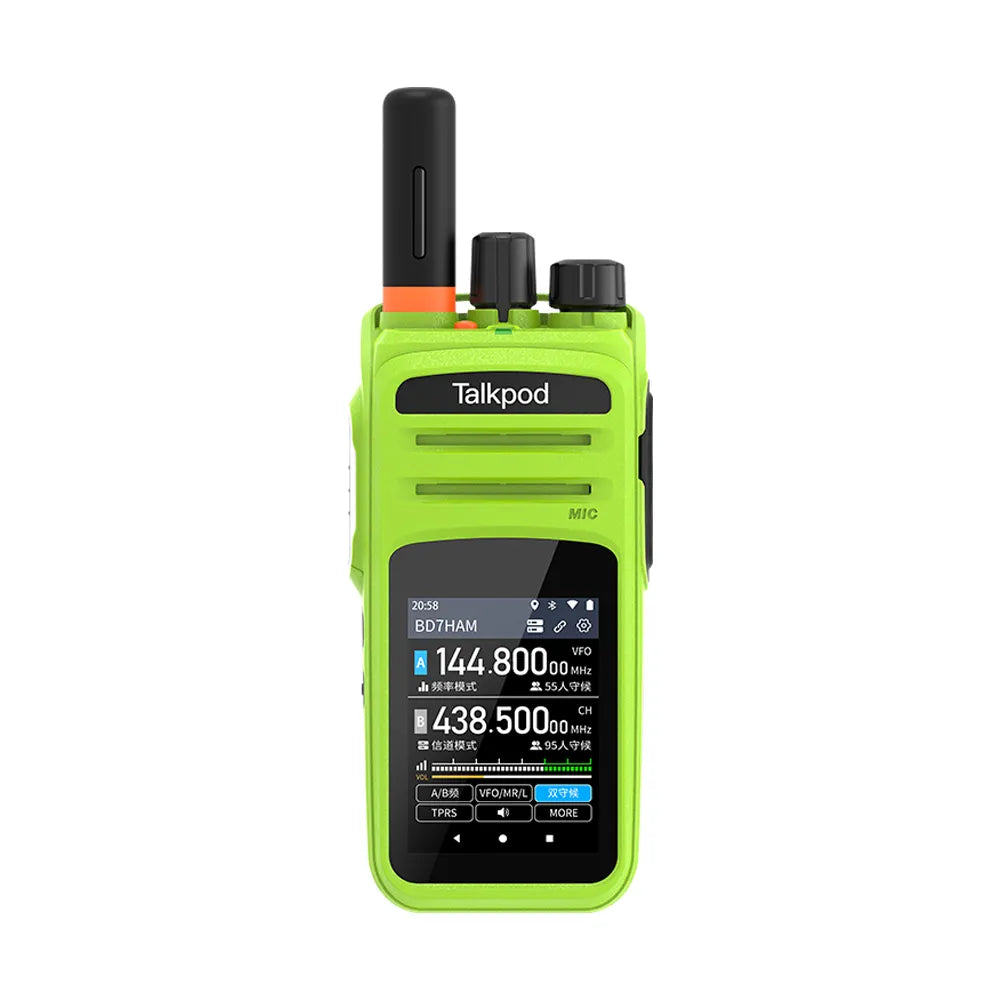
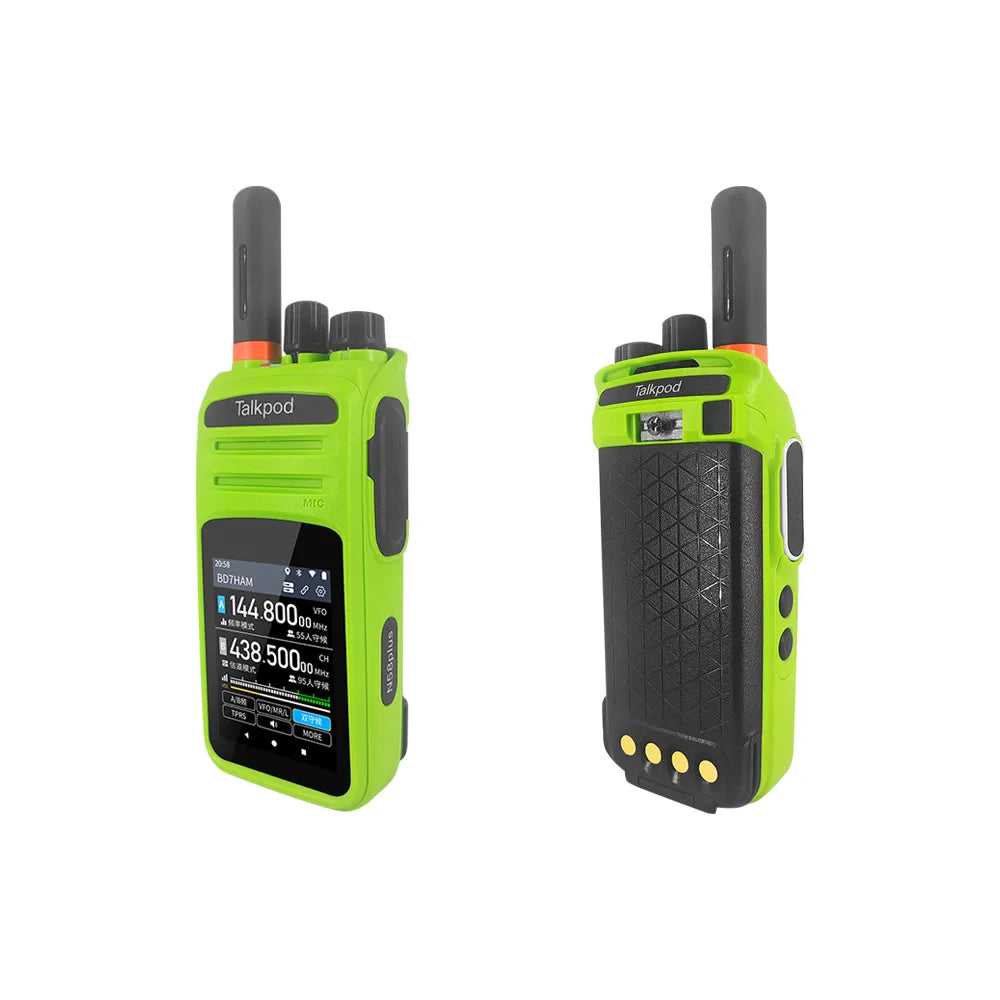
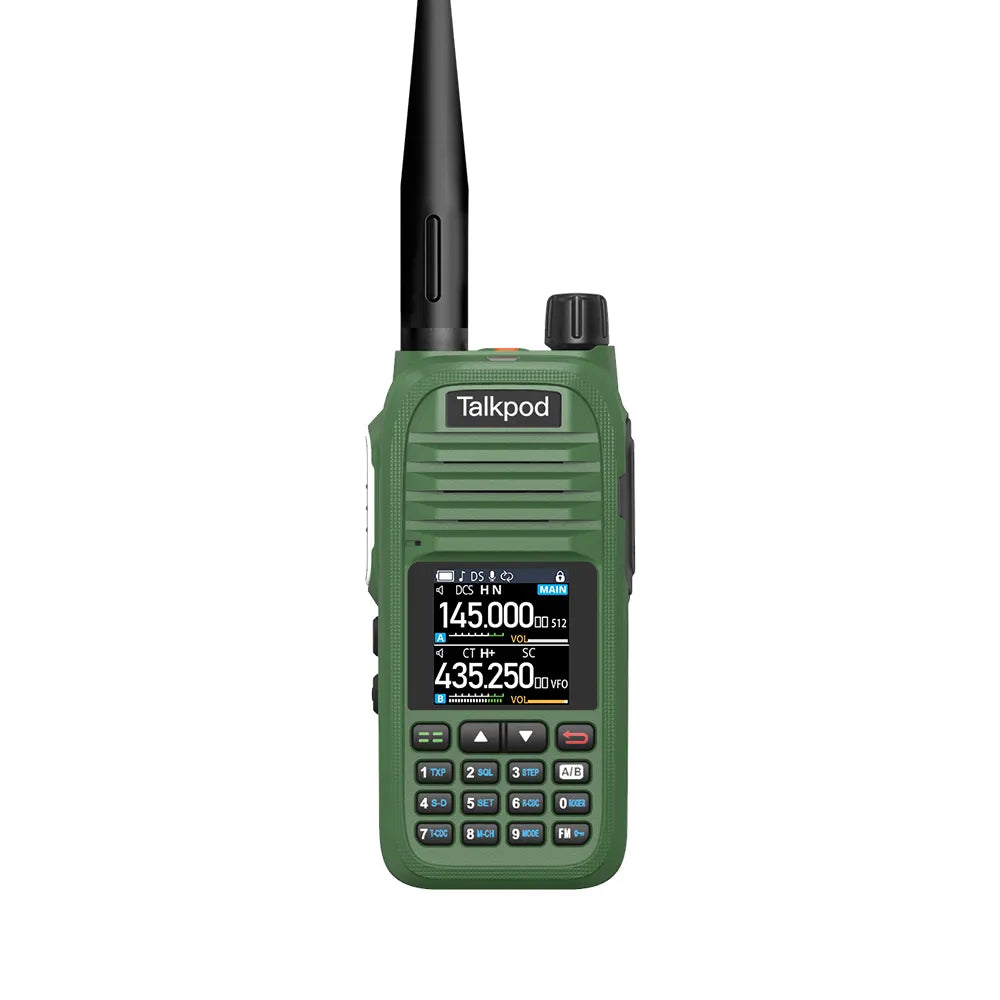

Leave a comment
All comments are moderated before being published.
This site is protected by hCaptcha and the hCaptcha Privacy Policy and Terms of Service apply.